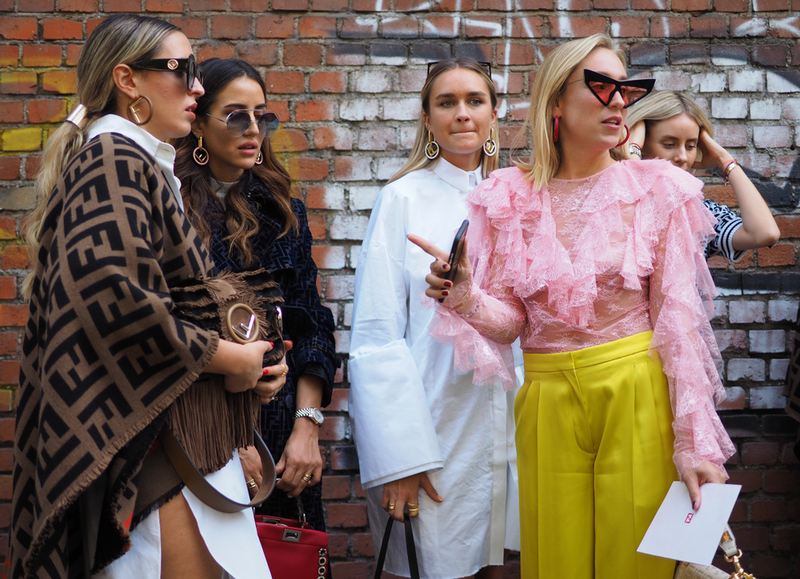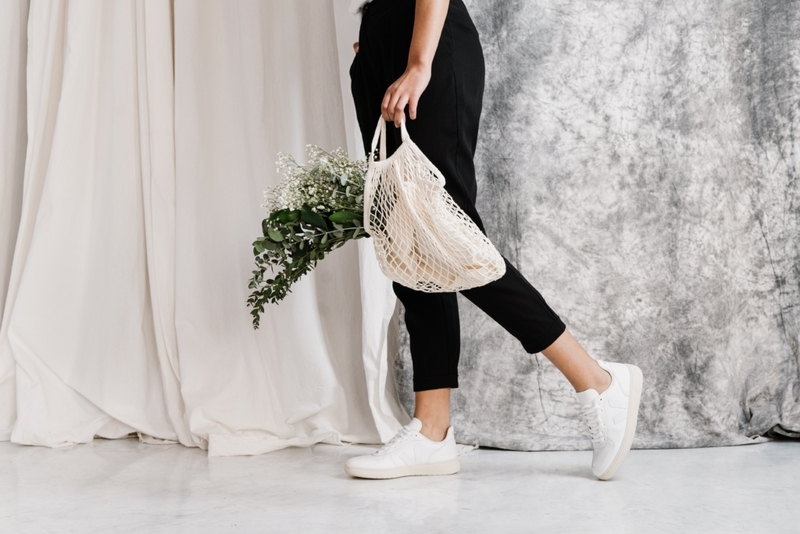The fashion industry has plenty of innovative designers but what we end up with is an excess-production of cheap, disposable clothing, countless new collections every year that always make us feel outdated and encourage us to keep buying more. There is a movement that’s trying to combat the harmful effects of fast fashion; this is the slow fashion movement.
At its core, slow fashion is a retaliation to the fast fashion industry, which is built on cheap garments that have a high social and environmental impact. Slow fashion refers to a more mindful way of shopping that prioritizes people and the environment. It can mean buying less, shopping secondhand, prioritizing natural fabrics, or combining all these things. Fast fashion wants to produce low-quality clothes as fast as possible to bring cheap styles to the consumer. Unfortunately, this results in harmful impacts on the environment, the workers making the clothes, and ultimately our bank accounts. Slow fashion is about really understanding our personal needs and finding the best product to address those needs.

The fast fashion industry treats clothes and the people who make them as disposable. It cycles through massive amounts of water, dye, and chemicals to create clothing that can be sold at a low price, but without any thought of quality or how long the clothes should last. Now we have flashy ad campaigns, seasonal fashion shows, and continuously changing trends that have dramatically increased the publics’ longing for new clothes. The amount of clothing produced has doubled since 2000, but we’re not even using our clothes to their full potential. Millions of garment workers worldwide now work in dangerous, sometimes life-threatening, conditions for minimal pay.
There are a few ways we can reduce our impact, which means we can find our own way to get involved based on our values, budget, and time. Firstly, synthetic materials, like polyester and nylon, are made from oil, which seeps tiny microplastics into the water supply, while natural materials grown without pesticides tend to have less impact on the environment; this includes hemp, bamboo, wool, linen, and organic cotton. If we wanted to be even more conscious of our footprint, we could shop secondhand and vintage.

Giving clothes a second or third life, will save water, energy, and chemicals used for dyeing and processing. Every time we buy used, we’re also casting a vote for durable clothes designed to stay in use for many years across multiple owners. Try shopping with a goal, so you don’t get distracted, and trying on since the sizing will differ depending on how old the piece is.
For most people, shopping more mindfully will mean shopping less. The best step toward sustainability is committing to going a month without buying any new clothes. When you know you can go without buying something, you realize how easy it is.